The Japanese concept of mono no aware (物の哀れ), or the sense of beauty that comes from the awareness of the transience of all things, is most often exemplified by the beautiful but short-lived cherry blossom season. However, while I was going through our garden looking for inspiration recently, it struck me that these gorgeous fire-like day lily blooms are another flower that is perfectly suited the concept, having as short and vivid a lifespan as they do.
I wanted to balance the modern, sharp, nearly abstract shapes of the lilies with something much softer and more delicate, and the gentle sweeping lines of our grapevine seemed like the perfect contrast. I then chose a very organic and vintage-feeling container and paired it in turn with a clean-lined and almost harsh pedestal. I aimed to create an arrangement that seemed as timeless as it was fleeting, things with a sense of age framed against things that have existed only for a moment. I love how they come together to form both visual and emotional balance, something I am working on as I continue my journey into ikebana.

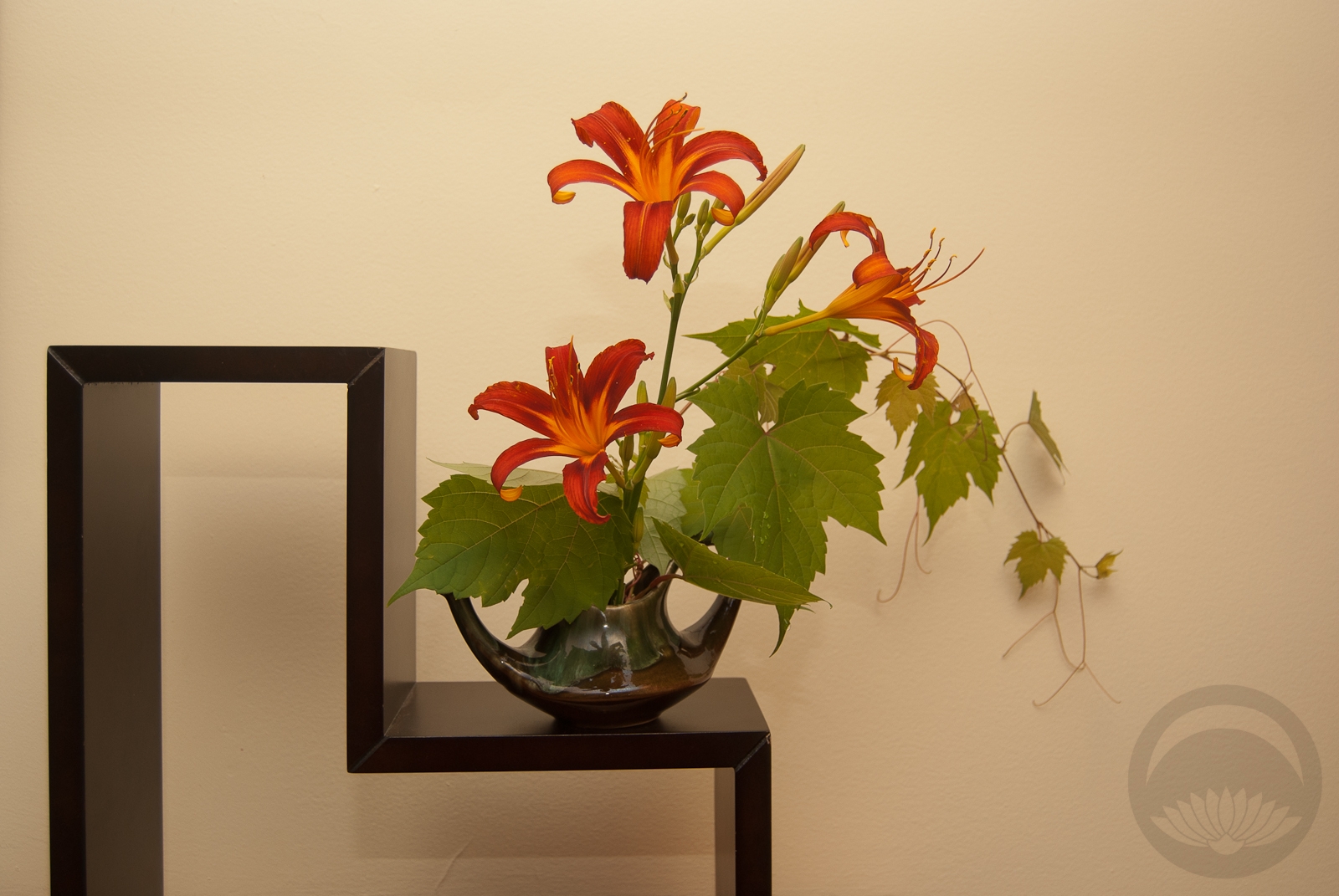
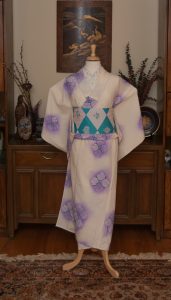
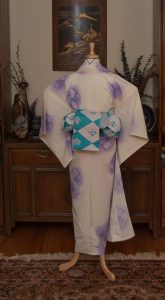
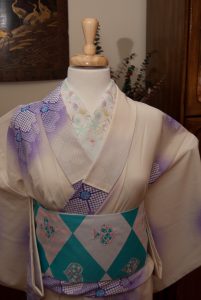
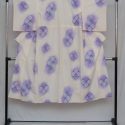
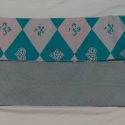
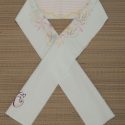
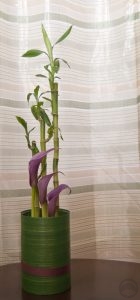
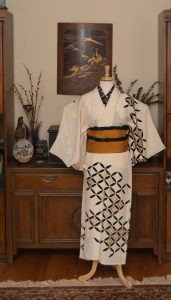
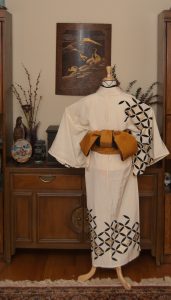
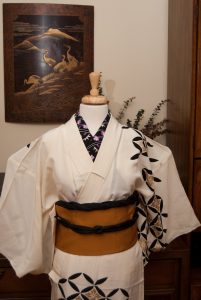
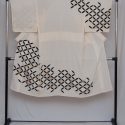
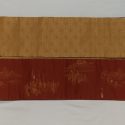
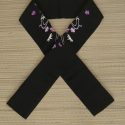
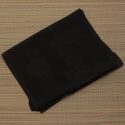
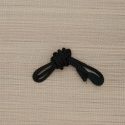
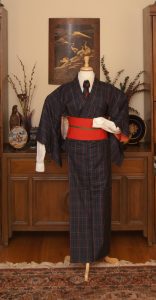
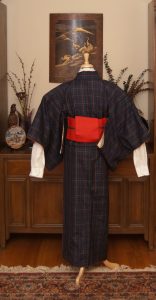
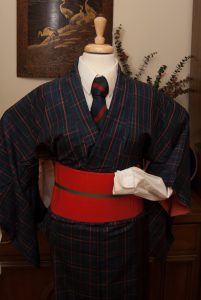
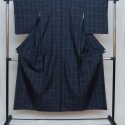
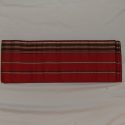











 Bebe Taian
Bebe Taian CHOKO Blog
CHOKO Blog Silk & Bones
Silk & Bones Gion Kobu
Gion Kobu